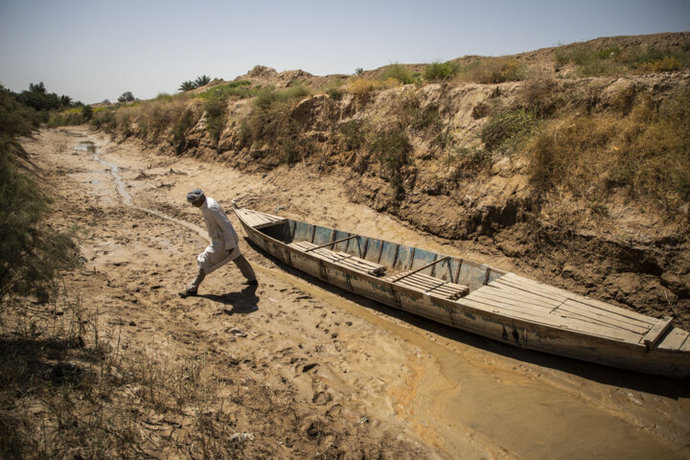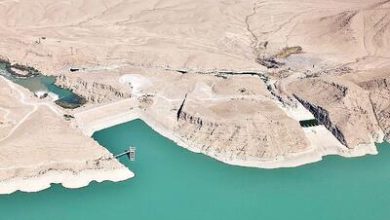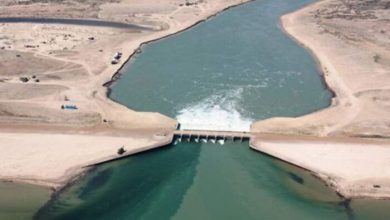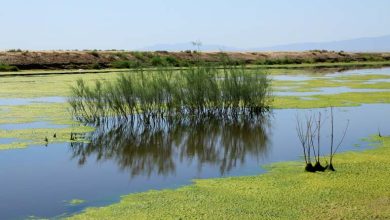Iraq Fails to Supply Water Rights to Horolazim

Mohammad-Javad Ashrafi, Director General of Khuzestan’s Department of Environment, stated during a visit to the zero-border point of the severely affected Horolazim (Hoor al-Azim) Wetland that more than 95% of the smoke from recent fires in the wetland over the past four months originates from the Iraqi side and has spread into the western and central regions of Khuzestan province.
He emphasized that the air quality index in cities such as Dasht-e Azadegan, Horolazim, and even Ahvaz has reached dangerously high levels, posing a serious threat to public health.
“This situation requires immediate and coordinated national action,” Ashrafi warned. He noted that the density of smoke has caused visibility in the area to drop to less than 50 meters and added, “Since March, recurring fires and thick smoke from the Iraqi side of the wetland have severely endangered public health.”
Field inspections and satellite imagery, he explained, reveal that the Iraqi portion of the wetland, up to 10 kilometers from the border, has completely dried out, leading to widespread spontaneous combustion.
Ashrafi identified the main cause of this crisis as the lack of water flow from the Tigris River into the Iraqi part of the wetland and the failure to release adequate water from Iraq.
He stressed the importance of diplomatic and environmental engagement, noting that several negotiations are underway with Iraqi counterparts through the Ministry of Foreign Affairs, Iran’s ambassador to Iraq, the governor of Khuzestan, and the Department of Environment. A joint meeting is planned in the near future between Iran’s Department of Environment and Iraq’s Minister of Environment to find a solution for releasing water from the Tigris River into the wetland.
Ashrafi also called for sufficient water rights to be allocated to the Iranian side of the Hawizeh Marshes. He warned that continued drought conditions could cause the fires to spread across the border into Iran.
In conclusion, he urged the Ministry of Health and Medical Education to urgently equip medical centers in vulnerable areas to manage the growing respiratory crisis, assuring the public that the matter is being followed with utmost seriousness by the authorities.




